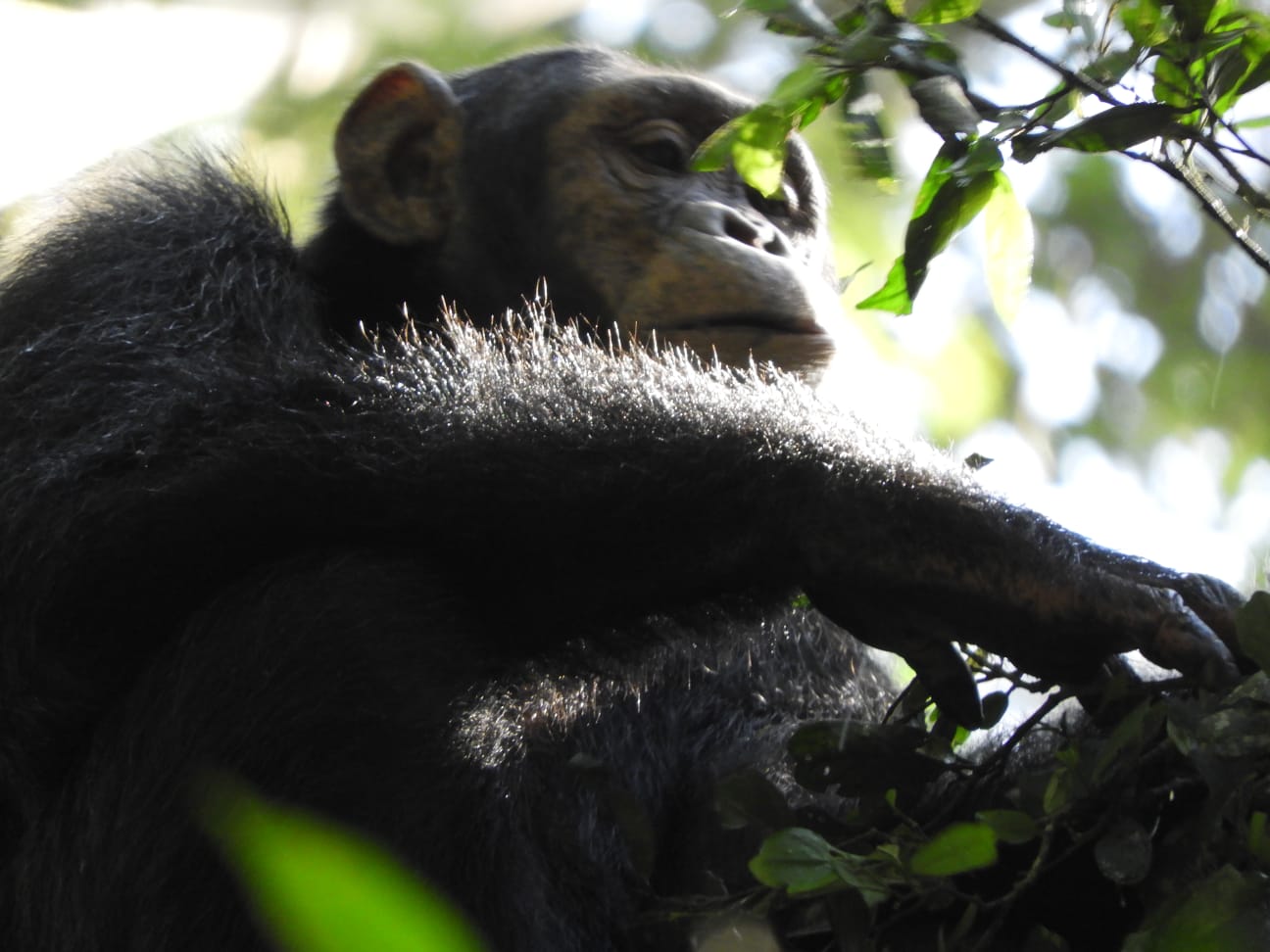THE CHIMPANZEES-The Great Apes
THE CHIMPANZEES
COMMON NAME: Chimpanzees
SCIENTIFIC NAME: Pan troglodytes
TYPE: Mammals
DIET: Omnivore
GROUP NAME: Community
AVERAGE LIFE SPAN IN THE WILD: 45 years
SIZE: Four to 5.5 feet
WEIGHT: 70 to 130 pounds
The Chimpanzees (Pan troglodytes) are species of great apes and are native to savanna, tropical, and equatorial forests of Africa. Chimpanzees are part of the 216 species of primates in Africa and among the 111 primate species found on the mainland (the 115 species are in Madagascar). They are completely protected by laws (national and international) in countries where they appear and trading or killing chimpanzees is illegal.
The Eastern chimpanzee (P. troglodytes schweinfurthii) also known as the common chimpanzee is widespread in the Central Africa Republic, Uganda (Kibale Forest National park, Kyambura Gorge, Kalinzu Forest, Ngamba Island), Rwanda (Nyungwe Forest National Park), Tanzania (Mahale National Park), Burundi, South Sudan, Zambia, and the Democratic Republic of Congo and is also the widely studied of all species. Chimpanzees are classified “Endangered” on IUCN’s Red list with a population estimated to be between 345,000 to 470,000 individuals. Despite the efforts and studies made to conserve the chimpanzees, there has been a significant reduction in the past three decades and it is suspected to continue.
Chimpanzees are man’s closest living relatives and they share 98.7% of man’s genetic blueprint. They are social animals and live in a community/troop of up to 100 individuals led by an Alpha male alongside its male allies. Like most of the other primates are involved in grooming which is important in their social life, helps in bonding as they clean and remove pests from each other’s bodies. Though they normally knuckle-walk, chimpanzees can stand and walk upright. Their long arms, hands, and fingers help them in climbing and swinging on trees. They are very intelligent and can firmly grip and use tools for certain purposes.
The chimpanzee’s diet is the widest of any apes and it consists of over 300 different items that include insects, eggs, nuts, fruits, blossoms, leaves, seeds. Despite being known to most as primary vegetarian, chimpanzees relish meat and they are known to kill and eat small antelopes and monkeys and mostly young olive baboons, black and white colobus, blue and Vervet monkeys are victims.
Female chimpanzees become reproductive at an age of 13 and males are considered adults at 15. Females can give birth at any time of the year most likely to a single infant/ baby (twins are not common). Babies ride on their mothers’ back until weaning time between 3-5yrs.
Chimpanzees are faced with different threats and mostly depending on where they occur all over East Africa. Those that survive in parks and reserves near communities are targeted by humans because of crop raids (community wildlife conflicts), encroachment on their homes for agriculture, also threatens their kingdom, bush meat hunters, and diseases are other threats.
Tourism is the biggest factor inspiring more efforts to the conservation of these species. Therefore, a trip to Uganda or Rwanda or chimpanzee (meeting habituated groups) is a tourist’s biggest support to the conservation of these chimpanzees.


